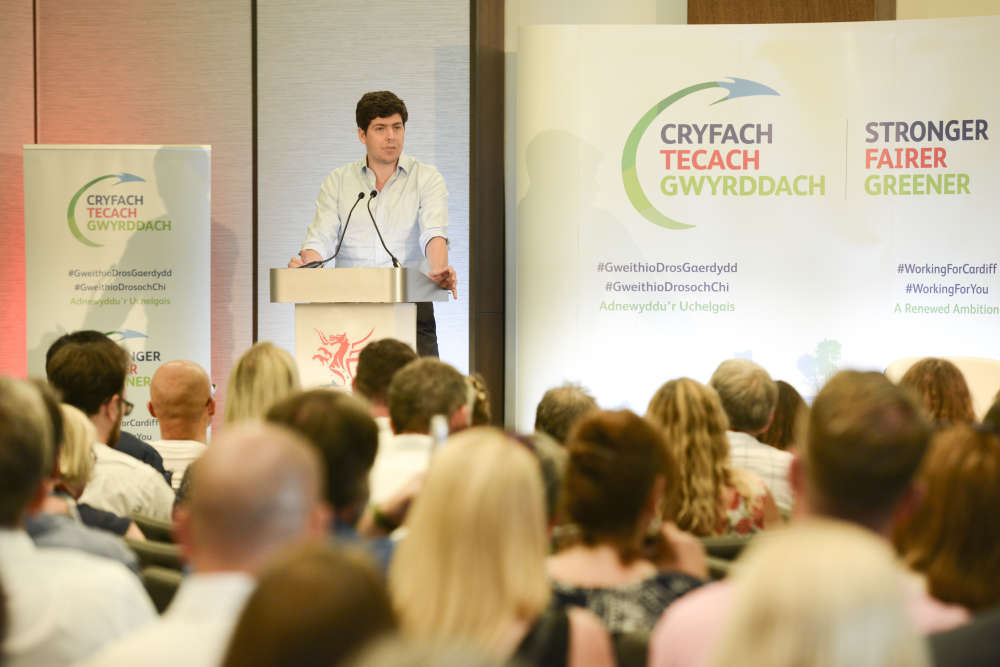
Cardiff Council looks set to face another challenging year financially after it published more information on its potential upcoming budget position.
In a recently published wellbeing report, the city council said it is facing the prospect of a £49 million budget gap.
The report also hinted at further costs to the local authority with demand for children and young people’s services and pressure on adult social care provision having increased.
Demand for emergency and temporary accommodation is also increasing significantly, with about 8,000 people currently on the council housing waiting list in the Welsh capital.
Council leader Huw Thomas said: "This report covers the 2023/24 financial year and shows the ongoing challenges that the council faces due to the recovery from the pandemic, and the significant rise in inflation and interest rates which effects a range of council services."
“Through these fiscal changes to the UK economy, local authorities have suffered, with rising costs to deliver council services."
“With all this in mind, in May 2024, the cabinet instigated the first stage of a review and design of council services, with a savings target set for £100 million over the next four years."
“A series of principles have been set out by my cabinet, with the citizens of Cardiff at the forefront, so we can continue to deliver vital services to all those that need them.
“We must build on the progress that has been made since the pandemic ended and this report shows that progress and the challenges that we have ahead of us.”
The projected budget gap for 2025/26 is more than double the size of the budget gap the city council had to bridge in 2023/24 (£24 million).
In this financial year, Cardiff Council has had to close a budget gap of £30 million.
The local authority used a number of ways to save money, including raising council tax by 6% and raising fees and charges for certain services like burials, school meals and hiring sports pitches.
Car parking charges also went up and a plan to move to one black bin bag collection every three weeks was voted through by the council.
There were some positives in the council’s annual wellbeing report, including signs of improvement in education, social care, delivering new homes.
The report shows that 1,200 new homes were delivered as part of the council home building programme; more children are being placed into local authority foster carers and in-house residential housing; and the social care staff vacancy rate reduced from 38.7% in June 2020 to 15.8%.
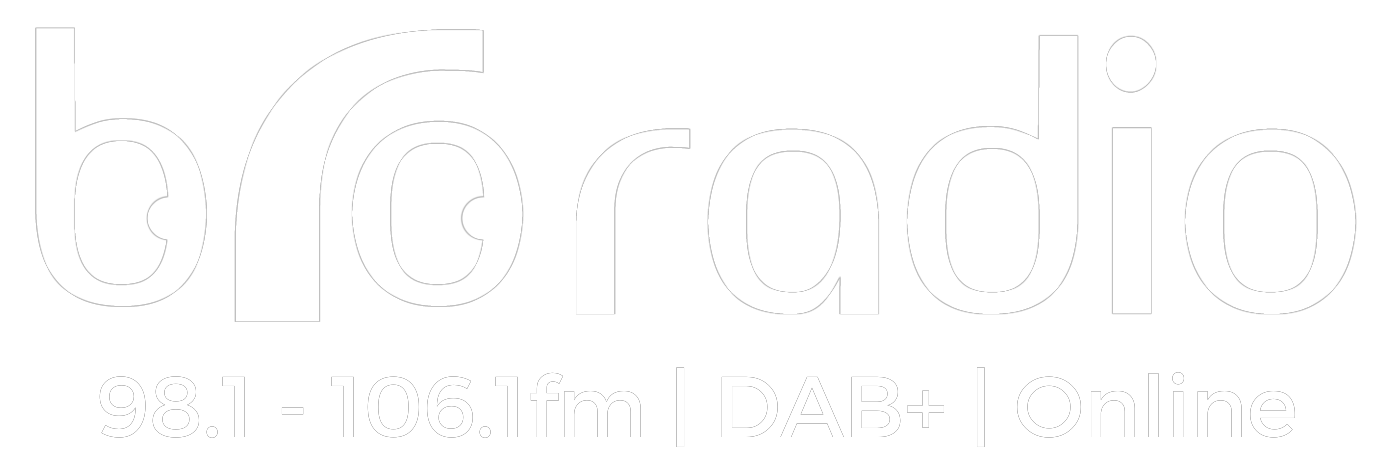


 Two boys guilty of Kamran Aman murder
Two boys guilty of Kamran Aman murder
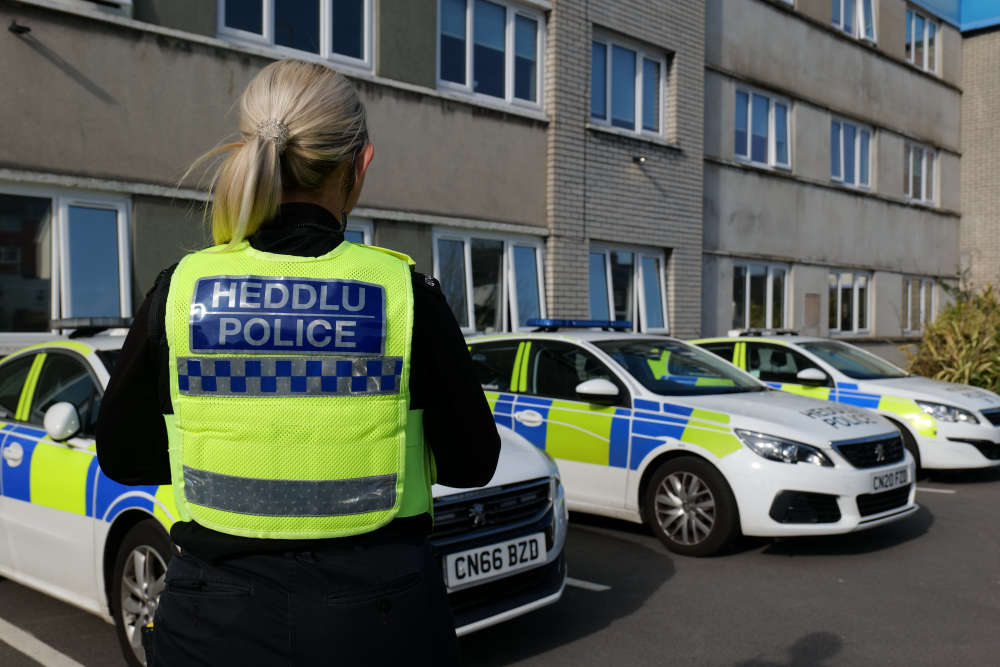 Man's body found in Barry Dock
Man's body found in Barry Dock
 Another successful year for Santa's Cause
Another successful year for Santa's Cause
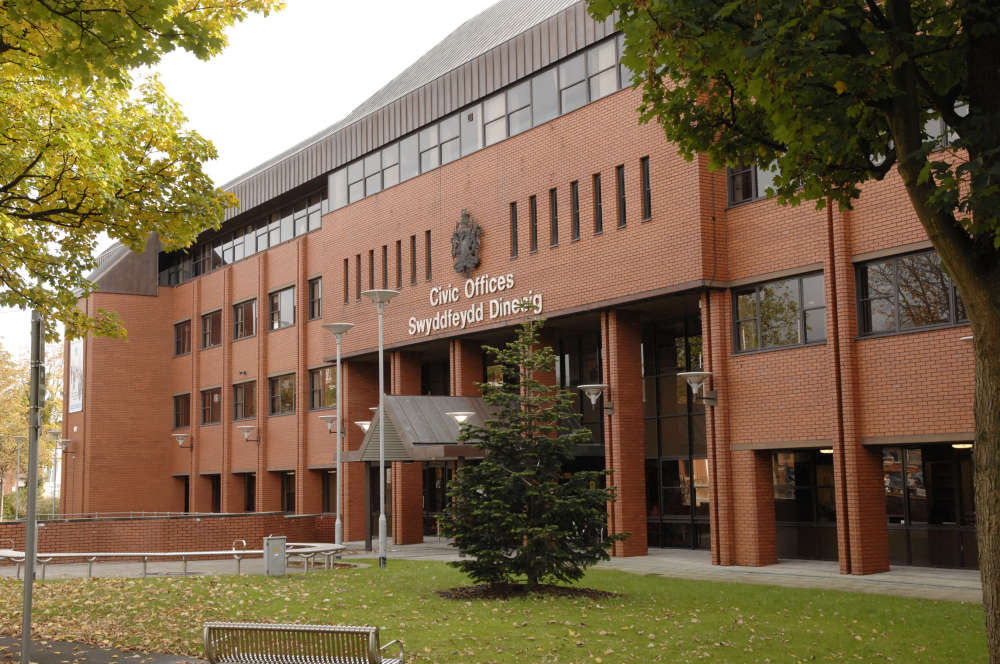 Council set to relaunch petitions scheme
Council set to relaunch petitions scheme
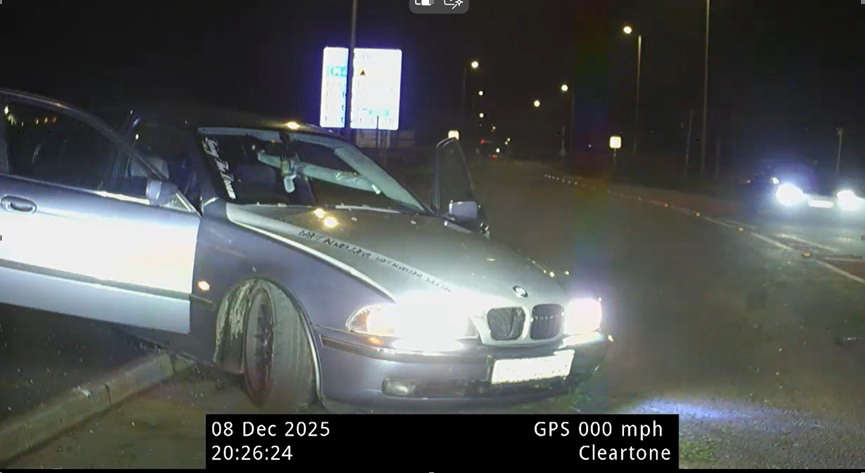 Two men questioned after A48 collision
Two men questioned after A48 collision
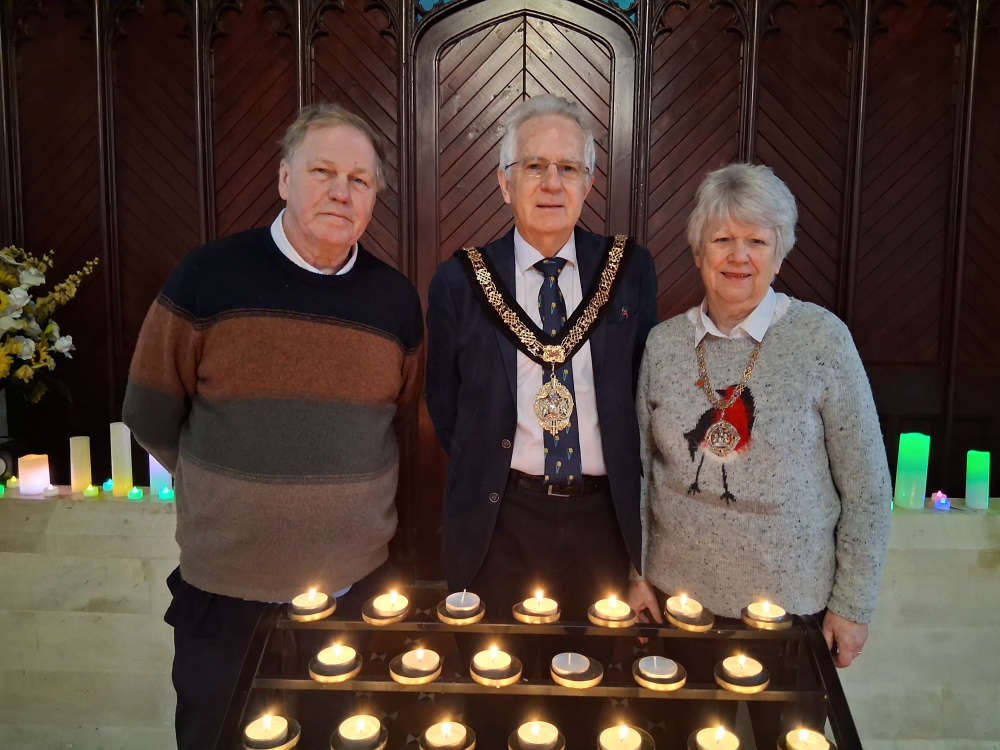 Candlelighting held at Barry chapel
Candlelighting held at Barry chapel
 Power tools found in stolen vehicle
Power tools found in stolen vehicle
 Engineering works to hit Christmas trains
Engineering works to hit Christmas trains
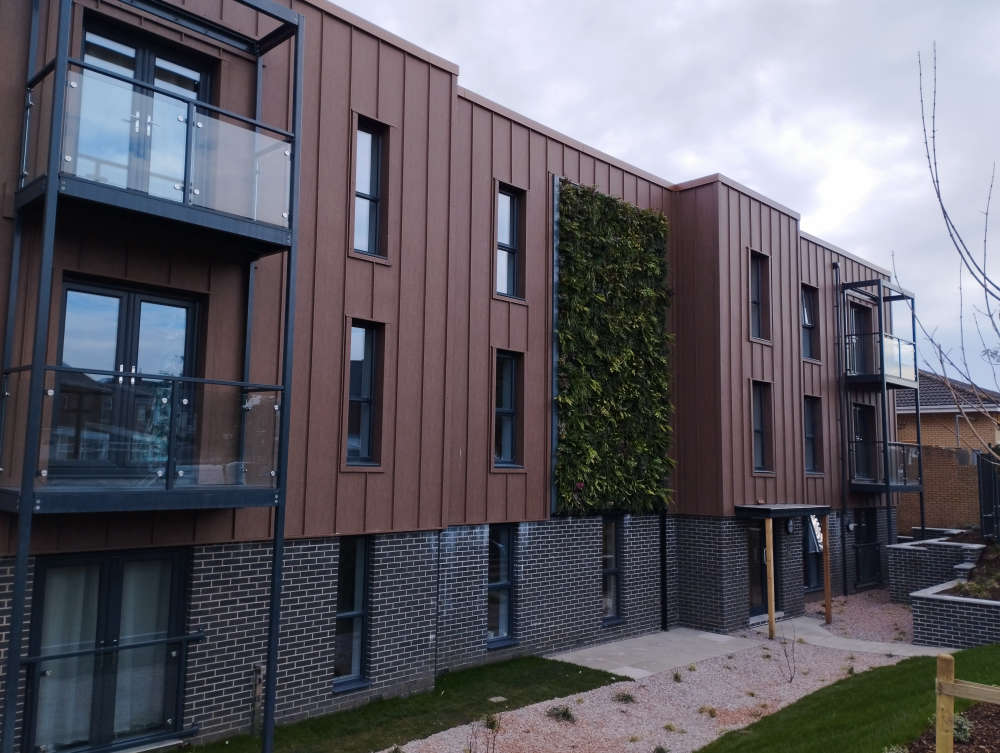 Council sets out future housing plans
Council sets out future housing plans
 Joint police and fire control room criticised
Joint police and fire control room criticised
 Costs rise for new Cowbridge school
Costs rise for new Cowbridge school
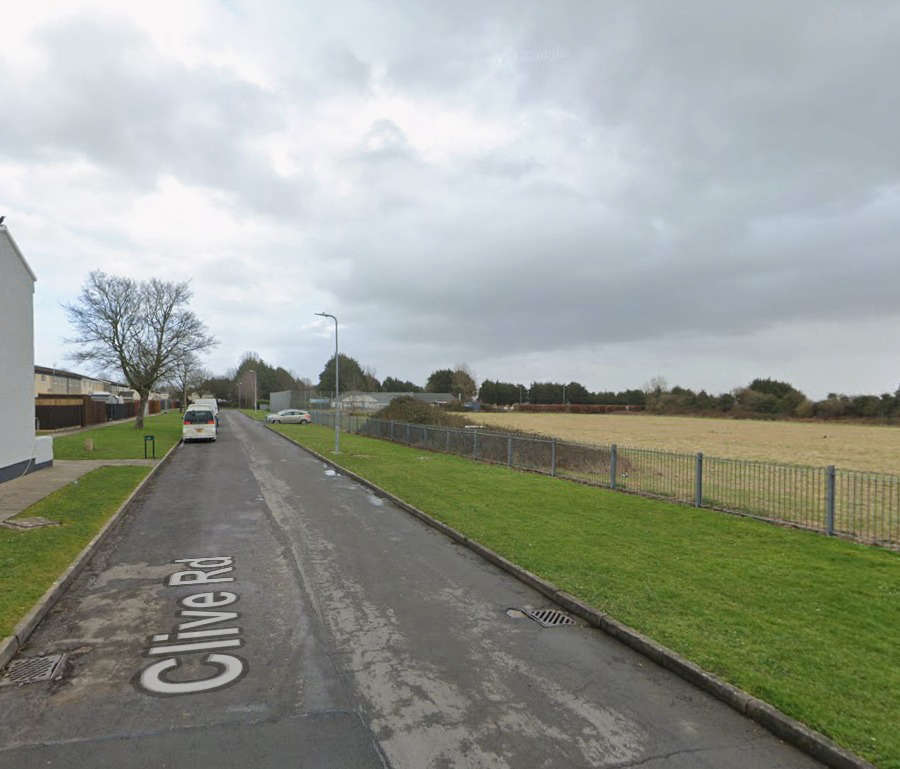 St Athan: plans to build 51 new council homes
St Athan: plans to build 51 new council homes
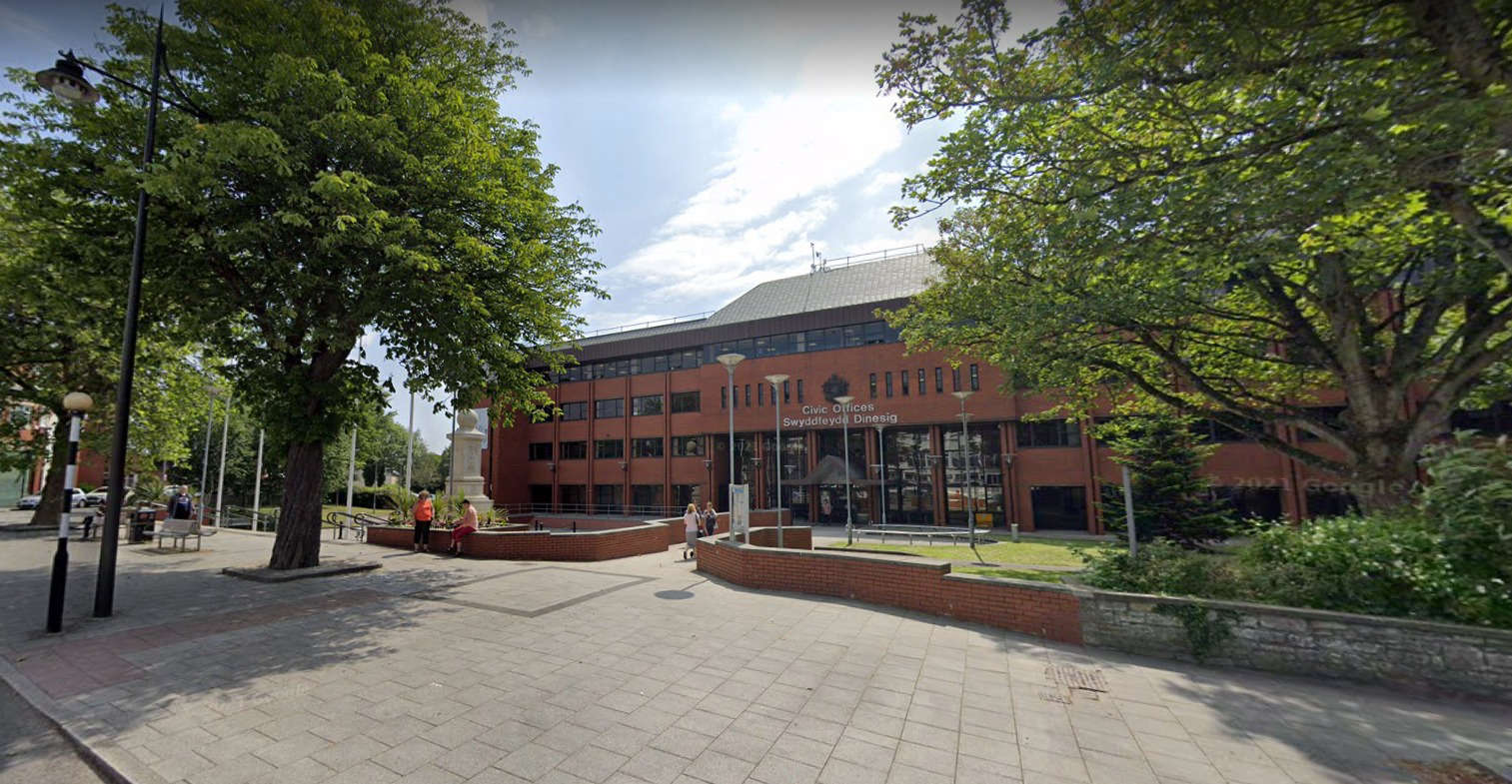 Vale Council to continue tax premiums
Vale Council to continue tax premiums
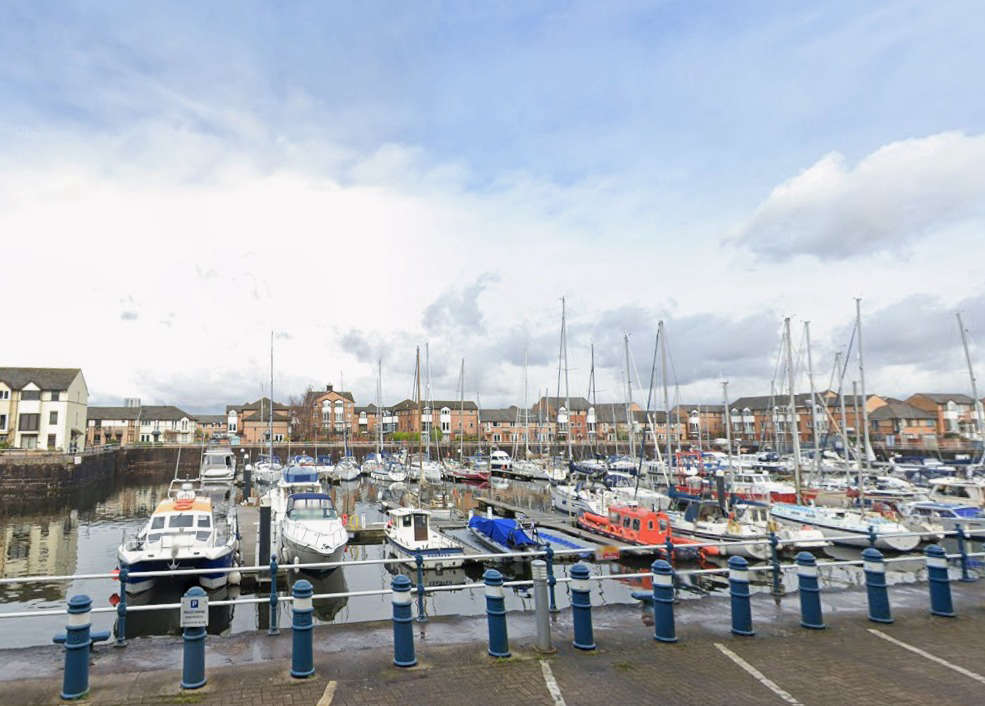 Penarth: work to make cliff safe after landslips
Penarth: work to make cliff safe after landslips
 Debate over single Welsh police force reignited
Debate over single Welsh police force reignited
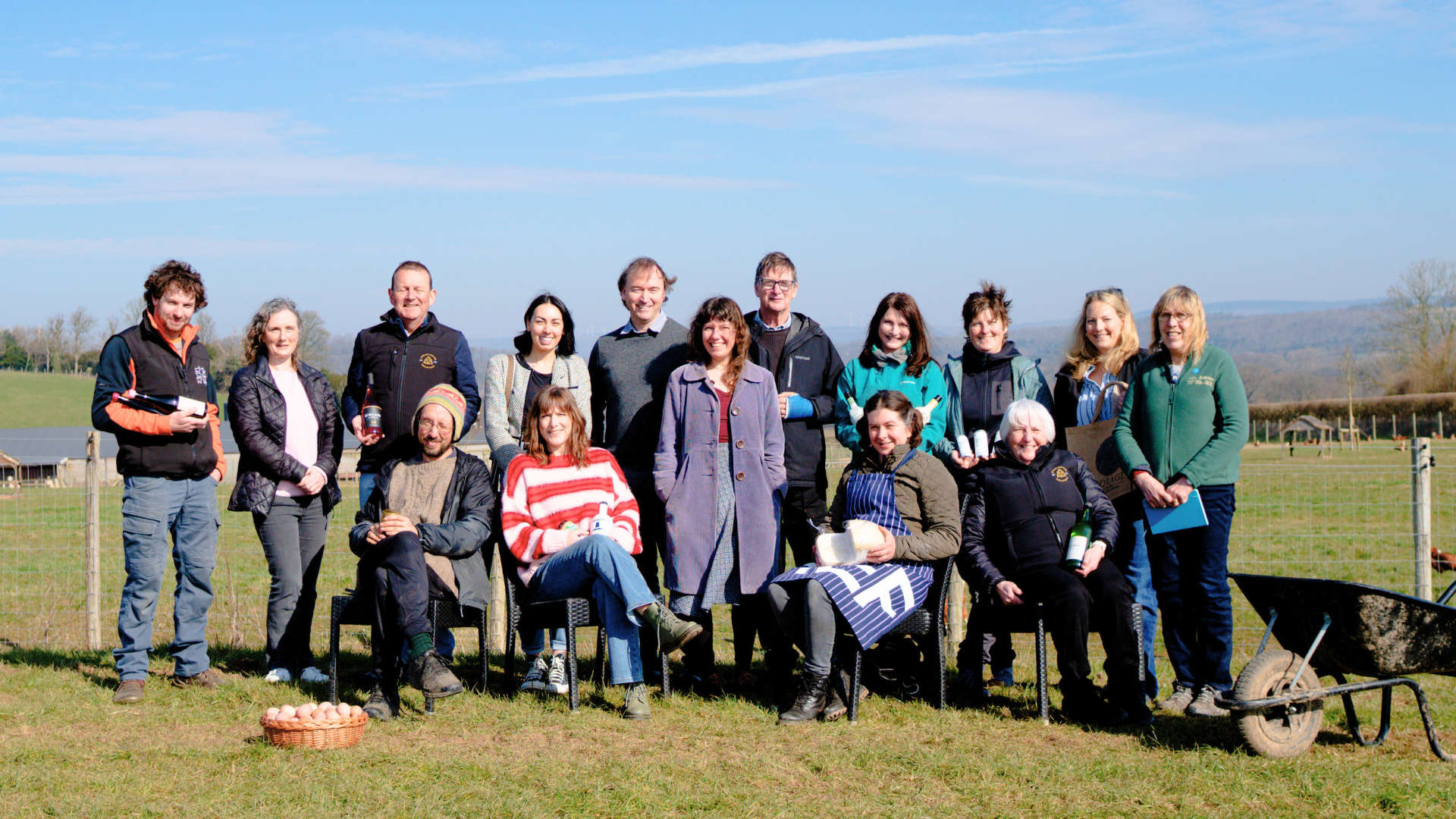 New five-year food strategy launched
New five-year food strategy launched
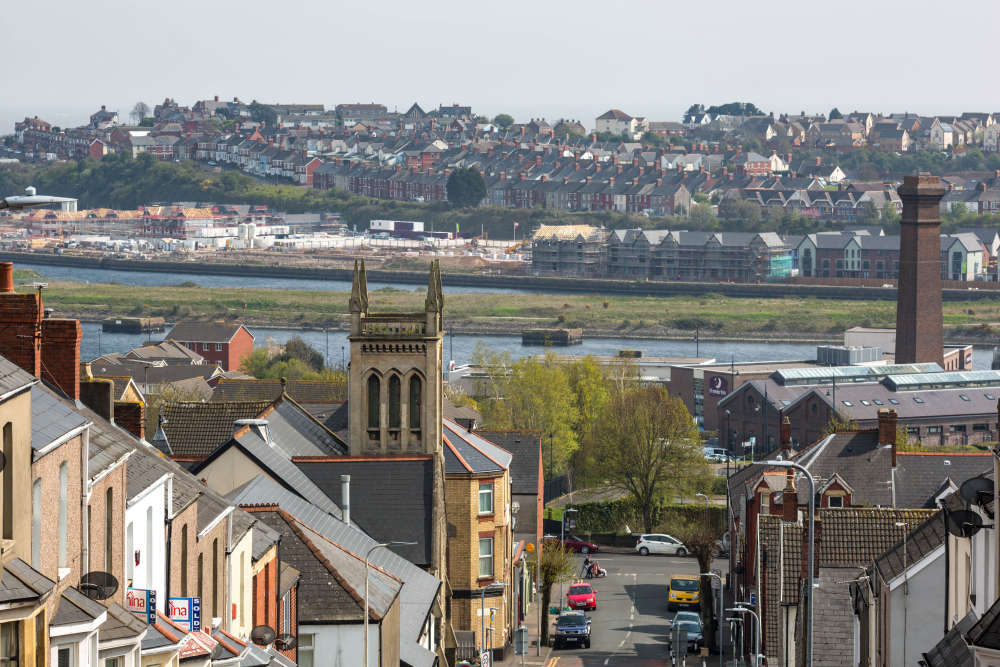 £20 million regeneration Plan submitted to the UK Government
£20 million regeneration Plan submitted to the UK Government
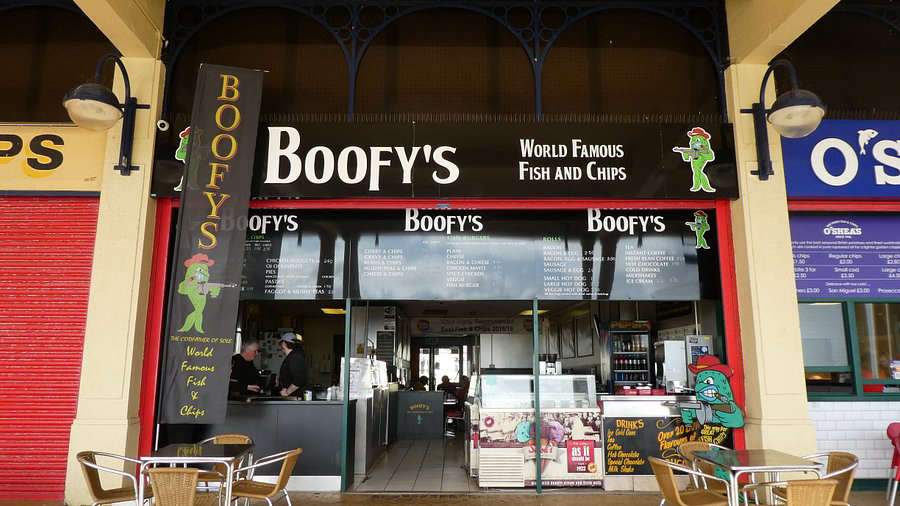 Popular Barry Island Chippy announces its closure
Popular Barry Island Chippy announces its closure









